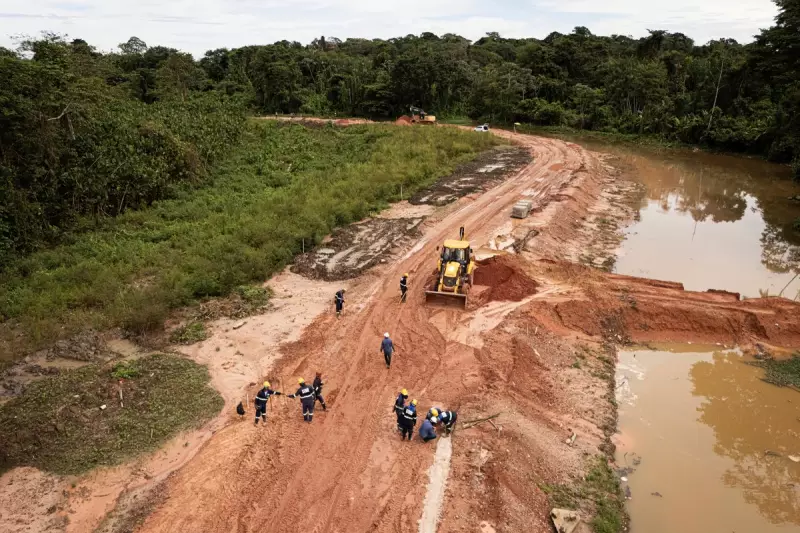
The Amazon rainforest, often described as the planet's lungs, is experiencing one of the most severe environmental crises in recent history. Major waterways that typically flow with abundance have been reduced to trickles, with water levels plummeting to unprecedented lows.
Historic Low Water Levels
In the Brazilian Amazon, the Rio Negro has recorded its lowest level in over 120 years of record-keeping. Meanwhile, Colombia's Amazonian port of Leticia is witnessing similarly alarming conditions as the mighty Amazon River itself shrinks to worrying levels.
The situation has become so dire that communities who normally rely on these waterways for transportation, food, and drinking water are finding themselves completely cut off. What were once bustling river ports now resemble arid landscapes where boats lie stranded in the mud.
Regional Impact and Response
The crisis extends across international borders, affecting multiple South American nations. In Colombia's capital Bogotá, officials have been forced to implement water rationing measures as reservoirs dwindle to critical levels.
Environmental scientists point to a dangerous combination of factors driving this emergency. Climate change, deforestation, and the El Niño weather pattern have converged to create what experts are calling a perfect storm of environmental distress.
Human and Ecological Consequences
The drought's impact extends far beyond inconvenience. Indigenous communities who have lived in harmony with the rainforest for generations face unprecedented challenges to their way of life. Wildlife suffers as habitats shrink and food sources disappear.
River dolphins, a symbol of the Amazon's rich biodiversity, have been found dead in alarming numbers as water temperatures rise and oxygen levels drop in the shrinking waterways.
A Warning Sign for the Planet
This environmental catastrophe serves as a stark reminder of the interconnected nature of our global climate system. The Amazon's plight represents not just a regional emergency but a global concern, given the rainforest's crucial role in regulating worldwide climate patterns.
As scientists continue to monitor the situation, the question remains whether this represents a temporary crisis or a worrying new normal for one of Earth's most vital ecosystems.
